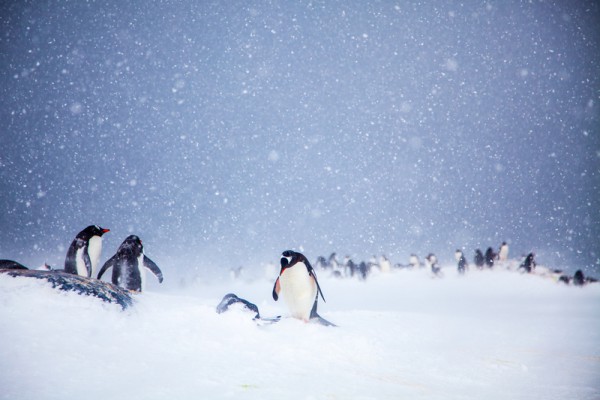(单词翻译:单击)
That suggests that the trees were deciduous, meaning that they shed their leaves at the same time.
这说明树木会在每年的相同时间内落叶。
But fossilized wood from the region tells a different story.
但是该地区的木化石却又说明了另一种情况。
How so?
原因是?
Cells in the tree rings show a pattern of growth that's consistent with evergreen trees, meaning trees that don't shed their leaves.
年轮的细胞体现出树木的生长方式与常青树相同。也就是说它们不会落叶。

So the ancient Antarctic forests were probably a mix of evergreen and deciduous trees.
因此,古代的南极森林可能是一片常青树和落叶树的杂交林。
Right. Analysis of carbon molecules in the fossil woods shows something similar.
对木化石中碳分子的分析结果也显示有所相似之处。
And it also suggests that the forests have some similarities to tropical forests today.
真奇怪,同时,分析结果还表明了南极森林和今天的热带雨林也存在一定的相似。
Weird1 Another question is how Antarctic forests dealt with constant daylight half the year and near total darkness the other half.
另一个问题就是南极森林是如何适应极昼和极夜现象的。
Wouldn't that mess with their ability to photosynthesize?
这难道不会扰乱它们光合作用的能力吗?
Good question! More research might reveal the answer.
问得好!想要找出答案可能还需要进行更多的研究。
译文为可可英语翻译,未经授权请勿转载!


